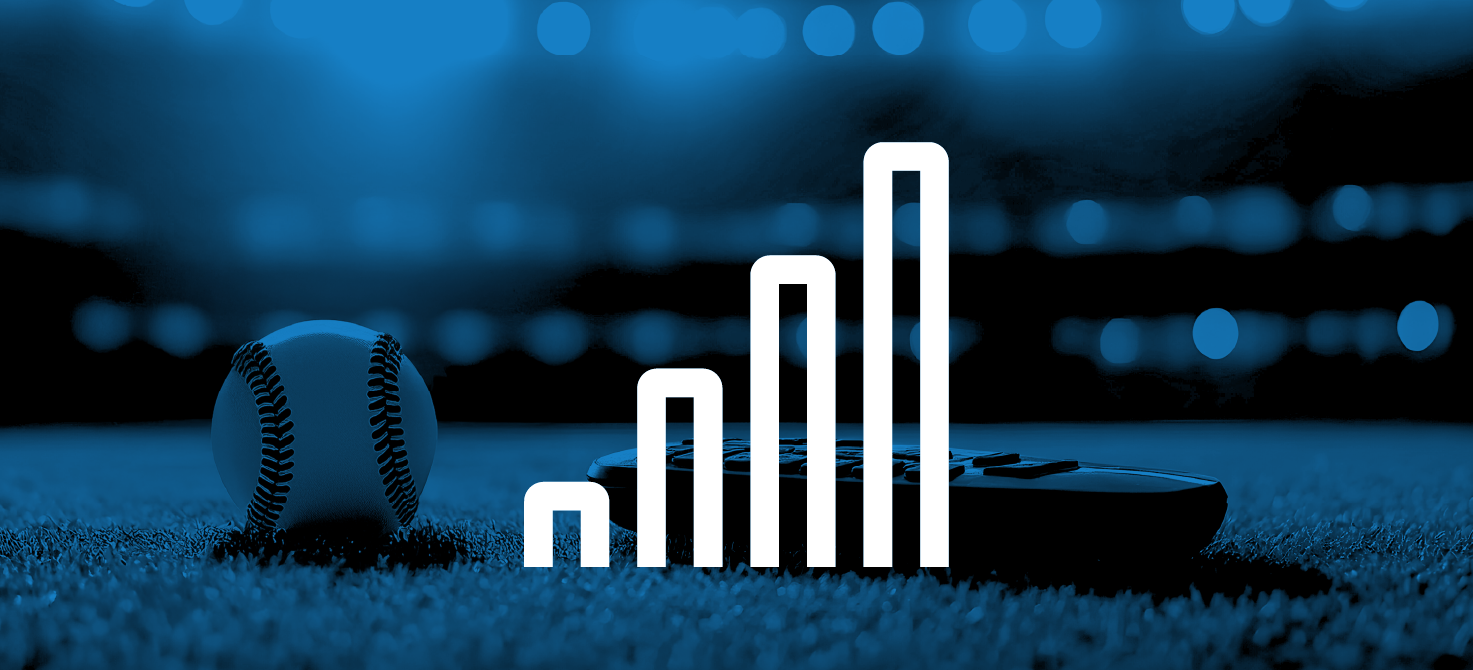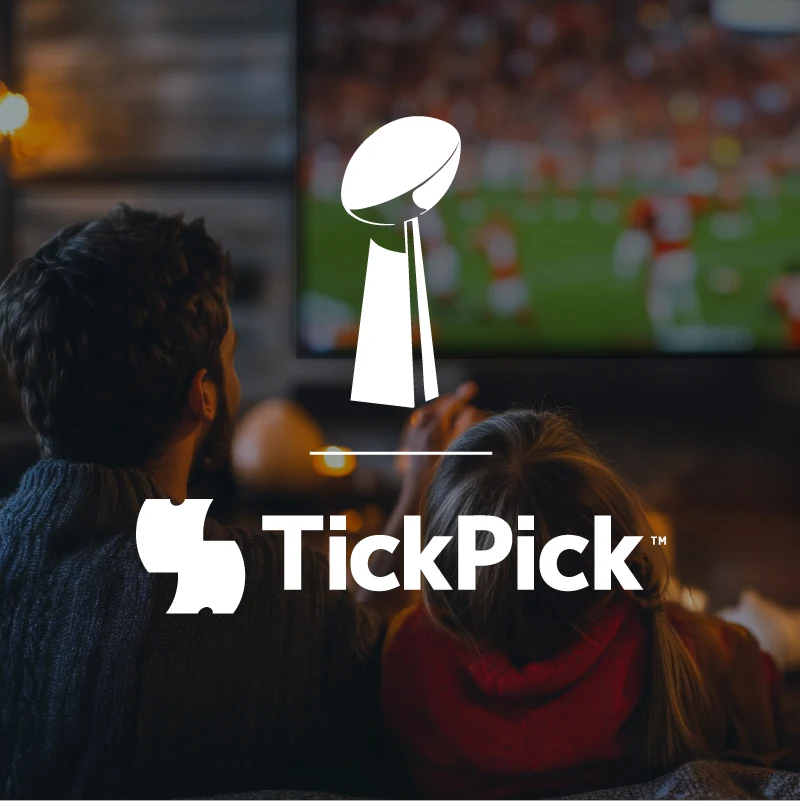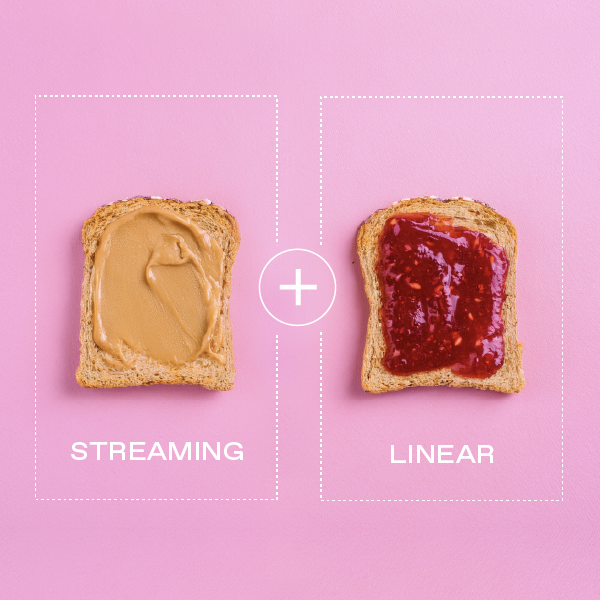
The MLB Postseason Delivered Grand Slam Results for TV Advertisers
How Tatari Helped 21 Advertisers Hit it Out of the Park this Season
For the second year in a row, the Los Angeles Dodgers ended the 2025 baseball season as champions, narrowly defeating the Toronto Blue Jays in one of the most exhilarating games of the year. But they weren’t the only winners.
Tatari clients reaped the rewards.
The 2025 MLB postseason was the most-watched since 2010 and saw 30% more viewers compared to 2024. That momentum carried over to the World Series big time. The Fall Classic averaged almost 15 million viewers in the United States, including a record-breaking audience for Game 7, a game that outdrew the NBA’s 2024 Game 7 Final by roughly 10 million viewers. This seven-game affair served up drama, record attention, and the kind of appointment-style TV that advertisers crave. Who said baseball is dead?
Analysts who predicted ratings would crater without the Yankees were spectacularly wrong, just like Yankee fans who thought they'd already punched their ticket to the World Series back in the summer. (Yes, disgruntled Mets fan, here.) The decisive Game 7 averaged 25.9 million viewers for Fox and peaked at 31.5 million viewers between 11:30 and 11:45 pm ET, making it the most-watched MLB game since 2017. In today’s fragmented media landscape, that represents MVP-caliber viewership.
Following a 2025 MLB postseason that attracted massive audiences and drove response rates 24% higher than regular-season MLB games for Tatari clients, the strong performance of this year’s World Series comes as no surprise.
We analyzed every spot delivered across all seven World Series games. Thanks to premium placements and the immense popularity of the event, we observed exceptionally strong response activity, with large traffic surges occurring within minutes of each ad airing. Direct-response (DR) clients experienced powerful, immediate spikes in site traffic, while app install campaigns—which typically see more delayed conversions—also showed clear, measurable lift. Interestingly, even B2B platforms, which rarely generate visible spikes, demonstrated sharp and significant increases in engagement.
To better understand performance at a DR level, we compared these results to typical NFL placements. When measuring both immediate and delayed responses (site visits and installs), every advertiser outperformed the NFL benchmark by a substantial margin. The chart below highlights the top 15 performers, where recorded lift was 3x to 12x higher during the World Series than during comparable NFL buys.
Across all spots (the top 15 shown in the accompanying chart), the placements achieved 3x to 12x stronger attribution performance compared to a typical NFL placement.
Baseball’s Nail-Biters Kept Fans Glued to the Screen
Baseball fans got more than they bargained for this year, as did advertisers, thanks to not one, but two extra-inning games. In addition to the series-deciding game going 11 innings, Game 3 went 18 innings and lasted 6 hours, 39 minutes, yet still held the attention of roughly 11 million viewers on average, peaking at 13.7 million viewers.
What’s even more impressive is that Game 3 aired during the rare “Sports Equinox”, the single day out of the year when all four major professional sports leagues have games scheduled on the same day. This year, Game 3 was up against regional NBA and NHL games, as well as a Monday Night Football matchup featuring the 4-time Super Bowl Champions, the Kansas City Chiefs, the Major League Soccer Playoffs, and WWE Monday Night Raw. Despite the heavy competition, the World Series held its own and took a large share of the audience away from the NFL juggernaut and other live sporting events. Simply put: baseball delivered engaged audiences and provided added value for advertisers when it mattered.
Despite the crowded evening of sports, nearly 50% of all sports-viewing devices tuned into Game 3 of the World Series. 35% of these fans were MLB loyalists, never changing the channel away from the Fall Classic.
Stand Out Performers
Hot off the heels of last year’s World Series success, and with our guidance, Tatari clients increased their investment by 42% over the previous year. In all, we helped 21 brands, including Nutrafol, TickPick, Ring, and Ariat, among others, secure spots in the 2025 MLB postseason. We had nine clients run in the World Series, where we placed 33 total spots including 24 floaters airing throughout the 7-game series, 5 of which were featured during Game 7.
Securing this kind of premium inventory cannot be purchased through programmatic channels or accessed through DSPs. It requires direct relationships with networks and careful planning leveraging data and analytics in both measurement and media-buying. And the results speak for themselves.
Based on historical performance and results we saw from brands like Tecovas, whose single World Series spot last year produced a 16x increase in site visits and was one of the best performing World Series spots in Tatari history, we knew there’d be an enormous opportunity for other brands to reach their audiences by airing in this year’s Fall Classic.
Early analysis of the 2025 World Series is already revealing powerful trends in ad performance: strong engagement, efficient CPMs, and meaningful brand lift. Here are some compelling stats from 2 very unique Tatari clients.
Rocket Money
No stranger to capitalizing on big-time sporting events, Rocket Money looked to capitalize on this year’s World Series buzz by driving app installs, a KPI notoriously hard to measure, especially from linear spots. But we saw an incredible spike immediately after their spot aired, with 700 more installs than their baseline.
Gusto
For a B2B brand, sports isn’t usually the first place you think of for advertising. But for payroll and HR platform, Gusto, this wasn’t their first foray into sports. They’d already proven tent-pole TV moments like sports and awards shows can spark interest like any consumer product - but this year’s World Series spot took those gains further than anyone expected. With roughly the same level of spend they’ve made in college football, the World Series drove almost 3× the website visits versus those college buys and outperformed NFL placements on a per-dollar basis.
Tatari’s Playbook for MLB Postseason Success
The Tatari team was working on developing buying strategies for our clients back when Spring Training was still underway. Here’s a snapshot of some of the media buying tactics we employed for clients during the 2025 postseason.
Upfronts
With live sports continuing to become some of the most sought after inventory on television, many advertisers plan their sports buys in advance. As a result, they look to Upfronts to lock in media placements at a fixed CPM. These buys are typically made as part of larger, seasonal buys 8-12 months in advance. This media buying approach is useful when brands want a wide sports footprint tied to volume commitments. We worked side-by-side with our clients on this early in the year.
NPE
NPE (non-preemptible inventory), which can be bought anytime leading up to the event; weeks to a few months out, ensures the network can’t bump your ad for a higher bidder. That guarantee matters in live sports where inventory is limited and demand spikes. The benefits are pretty straightforward for advertisers, they get better rates, have assurance their spots will run (no surprise preemptions), get clearer pacing and creative timing, and have ability to build measurement into the campaign from day one.
Floaters
We understand budgets are fluid and not every client can reserve inventory months in advance. So we worked hard to find last-minute opportunities, or floaters, for clients who needed them. Floaters are flexible, premium spots the networks can allocate during live events months or even a day before the game. They’re not guaranteed to run, but they’re perfect for giving advertisers last-minute placements at a discounted rate during critical moments in the action, like during pitching changes, replays, or extra innings.
How Floaters Work
Floaters sit on a network’s “floater reel” with placement typically determined by submission time and/or bid price (i.e. you can pay more to move higher in the queue, or submit a lower bid and hope your spot will make the cut). The math is simple: floaters trade guarantee for price. For example, a floater in this year’s World Series cost almost half the price of a buy made via NPE, so when a floater airs during a high-attention moment the CPM and ROI can be exceptional. Tatari’s edge comes in how we use them. Our direct-response approach lets us negotiate to the last minute, layer floaters onto guaranteed NPEs for upside, fold must-spend dollars into marquee packages, and, most importantly, integrate measurement into every step so those fleeting airtime wins can be linked to actual site visits, conversions, and ROAS.
Closing It Out
This year’s World Series proved two things: baseball still delivers huge audiences, and a deliberate media buying playbook converts that viewership into measurable performance. By leveraging everything from early NPE commitments to securing last-minute floaters - all negotiated through direct network relationships, Tatari helped brands get in the game in ways that suited their budgets and goals. Proof that the MLB is still a home run for advertising.
Don’t look now, but pitchers and catchers report in a few months! And the annual Home Run Derby? That’s already getting buzz and expected to be bigger than ever with Netflix securing the broadcast rights to the event. If the postseason taught us anything, it pays to be in the game. If you want to get in on next year’s MLB season, let’s talk!

Harrison Hess
I am Head of Sports Media Investment at Tatari. Let's go Mets!
Related
Why Streaming Was the Real MVP at this Year’s Super Bowl
The Eagles’ victory wasn’t the only surprise of the Super Bowl. Nearly 14 million people streamed the game on Tubi, shattering expectations. Tatari and TickPick saw it coming - and capitalized.
Read more
Why Streaming + Linear Work Better Together
When one advertiser shifted from a dual-channel TV strategy to streaming-only, performance quickly declined. See what happened when they turned linear back on.
Read more
Holiday Advertising Trends 2025: How Marketers are Planning for BFCM
We asked marketers to unwrap their plans for the holidays. Here’s what Calm, Ariat, Saatva, and others, shared about their advertising strategies to stand out during the most competitive time of the year.
Read more


